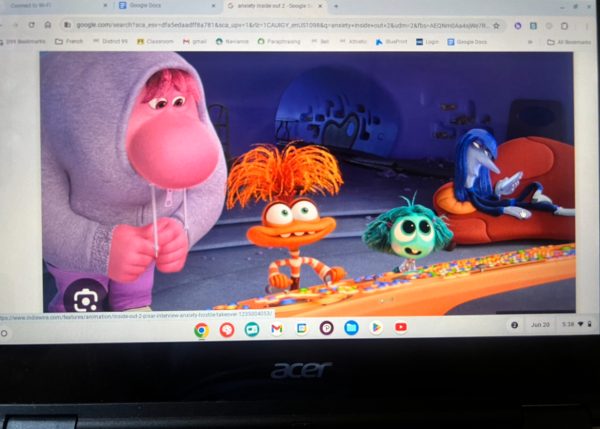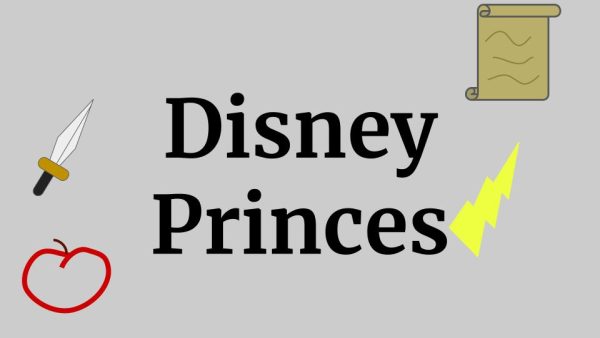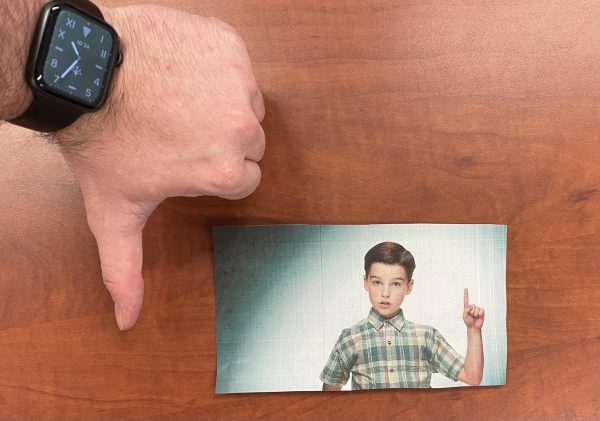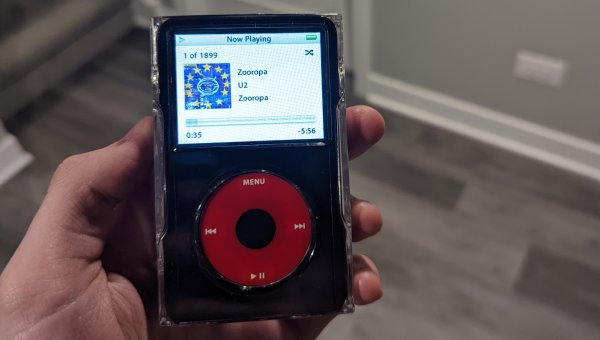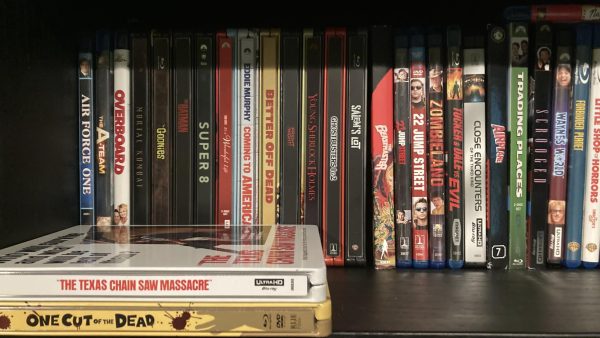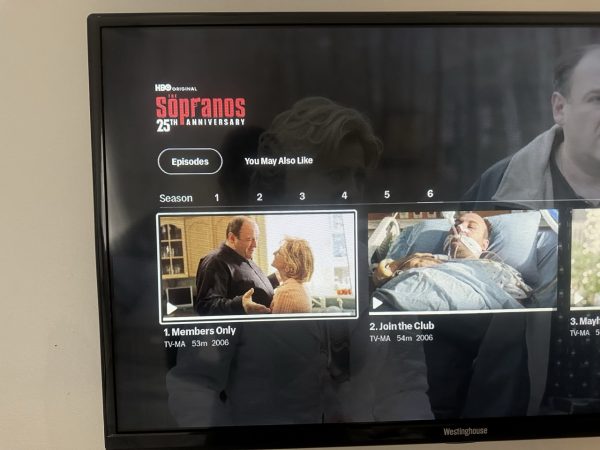Video games prioritize profit over players

As the years go on, video game developers put more and more microtransactions within their games.
Video games have been around since as early as 1958, starting as a simple pong-like game. Since then, they’ve ushered in the creation of a massive industry that’s always innovating and evolving, yet it seems the methods of profit become more and more aggressive towards the average player.
The practice of spending real money to obtain an item within a video game is commonly referred to as a “microtransaction”, and is usually present in free games, which allows the developers to offset the costs of producing the game. The problem lies with how far they choose to go with the prices and how much they’re pushed onto the player, especially when the player is put at a disadvantage for not spending their own money.
In the past six to seven years, the amount of games that’ve been released in an unfinished state has risen dramatically, yet almost always do these games have a fully functioning in-game “store”, trying to get people to spend their money on in-game cosmetics and other similar items. Some games even go as far as to allow a player to gain an upper hand by paying for things that will give them an advantage.
The consequence of this is that any player who does not want to pay money is more likely to want to quit playing due to the fact that they’ll feel like they’re at a constant disadvantage.
Junior Carson Kass is one of the victims of not wanting to resort to the extra cost.
“A few games I’ve played have encouraged in-game purchases with benefits like being ahead of other players. It can be really upsetting playing a game I enjoy, then someone just ruins my experience cause they paid 40 dollars more,” Kass said.
For example, Blizzard Entertainment recently caused their fans to become angry with their newest game, “Overwatch 2”, due to the fact that they now made a single cosmetic outfit for a character that costs $22. On top of this, new characters either required plenty of hours worth of playing to unlock, or the player could alternatively pay $10 and unlock the character immediately. Many fans of the game felt this was unfair and greedy, especially since the first game gave all the characters to players for free, and since the first game cost $60, the players were not expected to shell out even more money.
In part, some of these ideas are usually caused by a game becoming “free to play”, which removes the cost of purchase, but since the developers need to make money, they pump games full of microtransactions and small but enticing purchases made to keep the player paying, which in turn creates a profit. It tends to go far enough that a player who chooses to spend no money is punished for doing so, whether it’s through tactics like making the game harder for said player, or simply surrounding the player with those who spend their money.
Yet, it wasn’t always like this. Games used to be made with both the consumer and the producer in mind, so everyone would benefit.
While there are still games that release without any of these problems today, it’s uncommon to see that happen. The change from fully functioning games happened around 2015, where prior to that microtransactions were rare to be seen.
The one main form of microtransactions that used to be more common were “DLC’s”, short for downloadable content. The way these work is that the player pays a bit more money, usually ranging from $15-$30 dollars and would receive plenty of things like, new levels to play, new characters to play as, and other bonuses. The reason this worked so well was due to the fact that it was extra content that was worth the money, as opposed to content that was cut, then put back in with a price tag attached.
The rise of needing to spend money in games has become a nuisance for most people, and the best way to stop it is to simply not buy things in a game. Let the executives and developers know that if these practices don’t become more user friendly, they’re not going to get any money.





